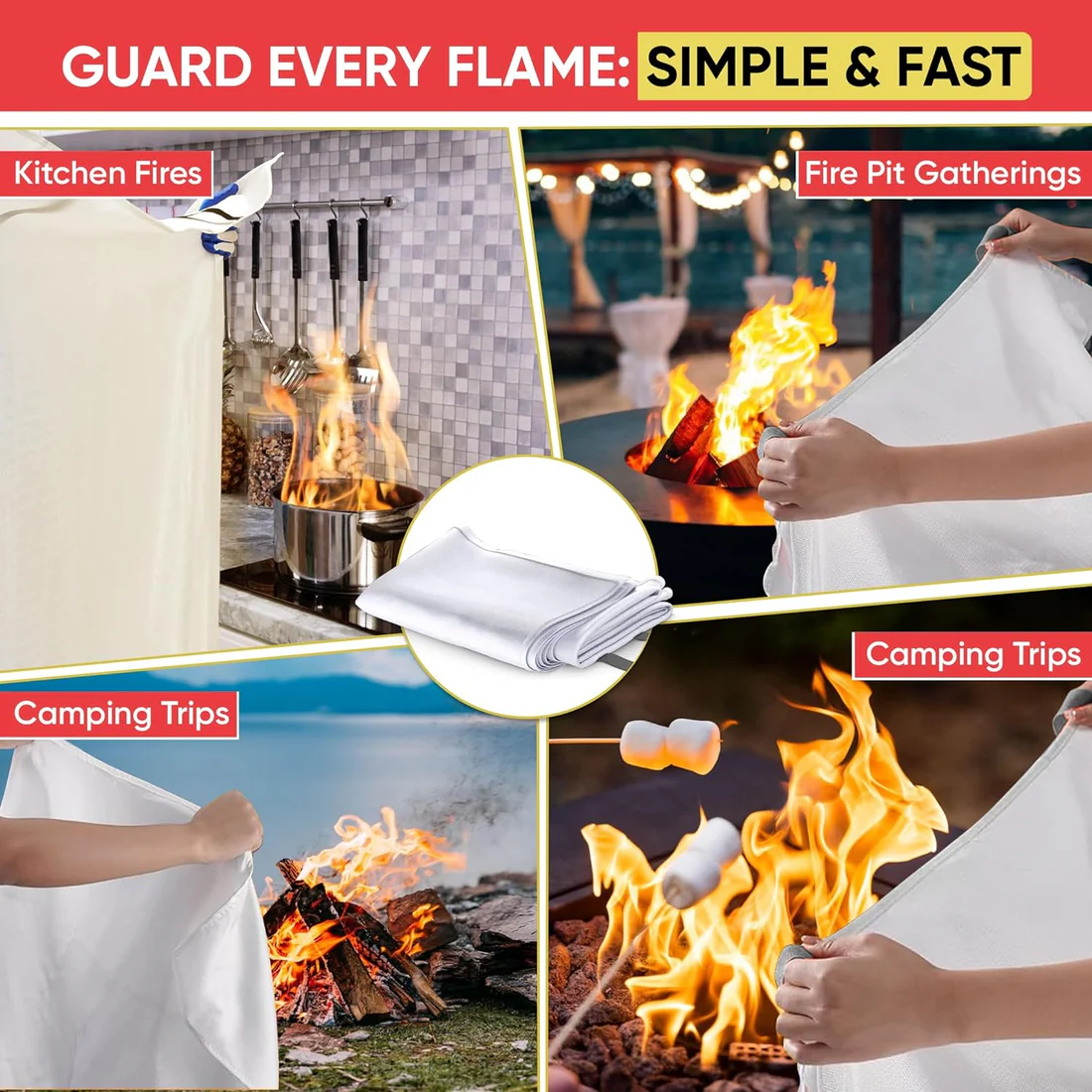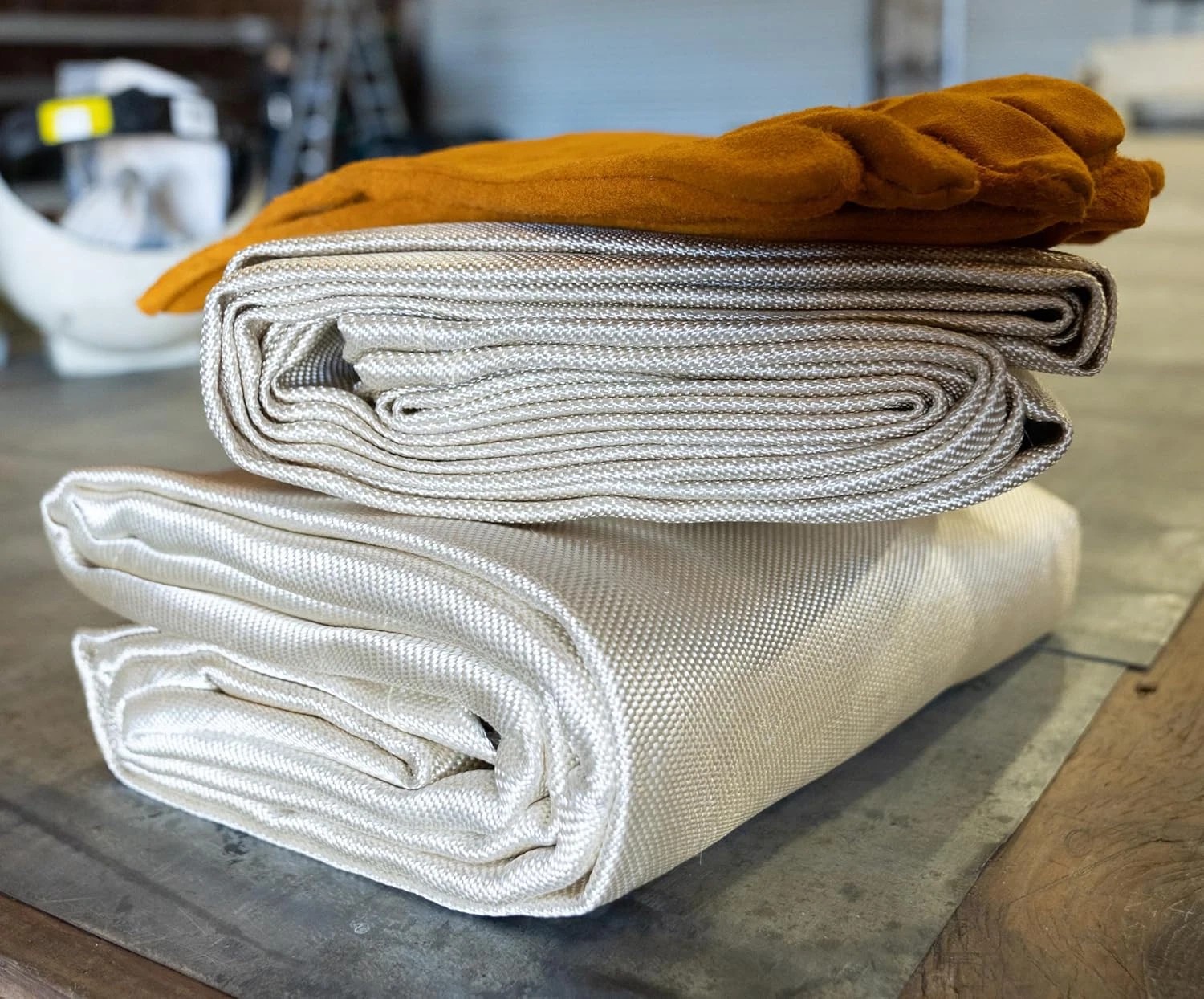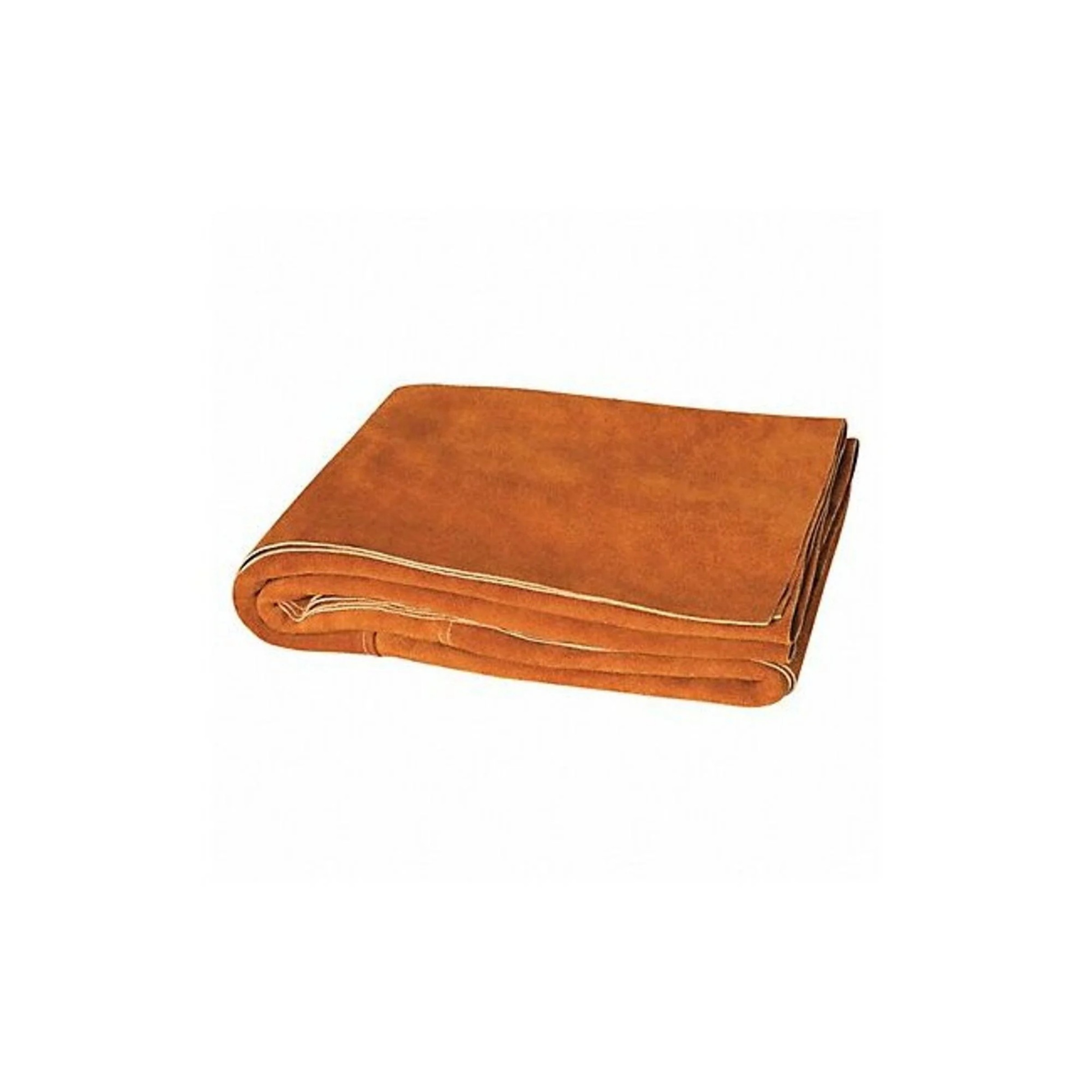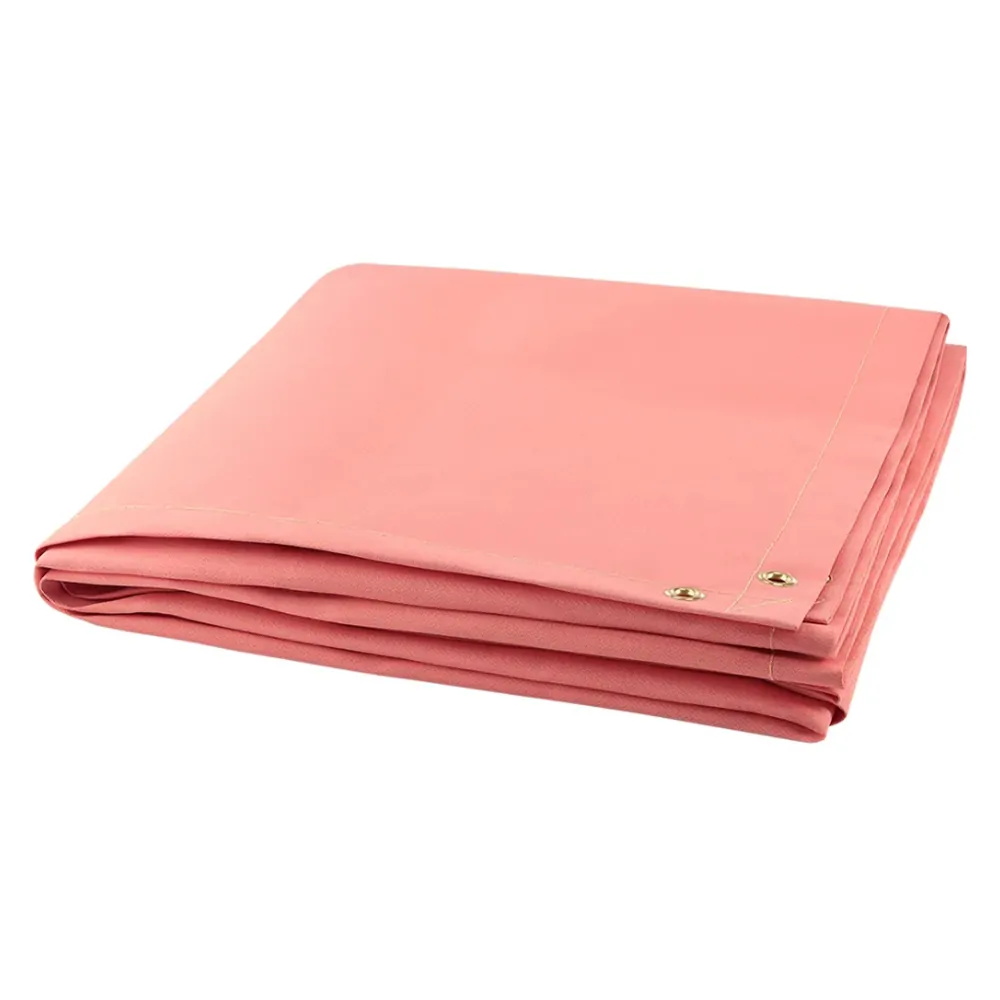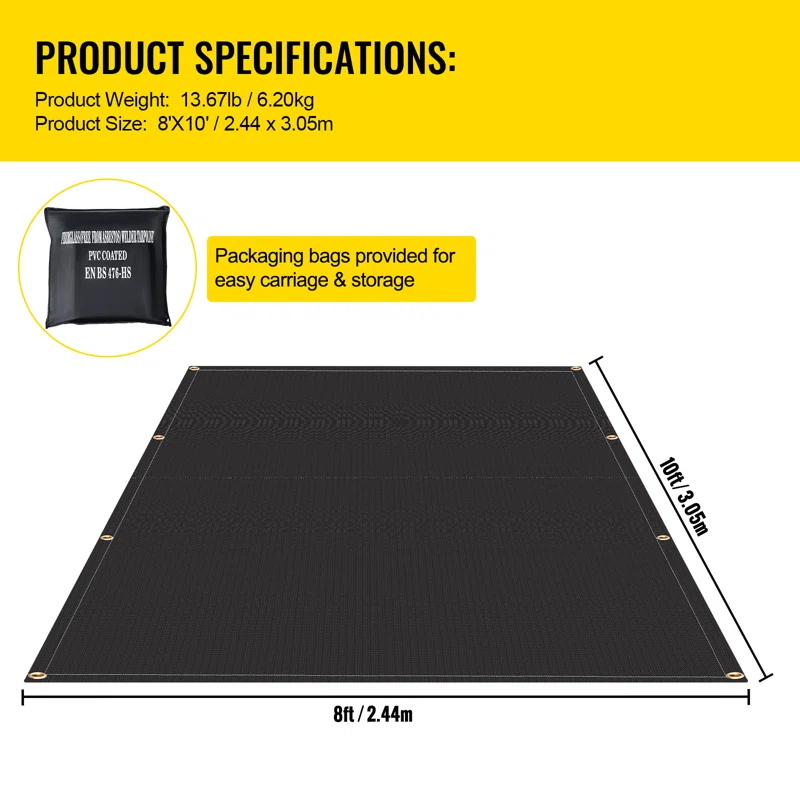Fibreglass Fire Blankets - Essential Safety Gear for Fire Emergencies
Fibreglass fire blankets are crucial safety tools that smother small fires by cutting off oxygen. This guide explains how they work, their benefits, proper usage, and maintenance to help you make informed safety decisions for your home or workplace.
What Are Fibreglass Fire Blankets?
Fibreglass fire blankets are fire-resistant sheets made from woven fibreglass material. They're designed to extinguish small fires by smothering them, cutting off the oxygen supply that fuels flames. Unlike traditional blankets, they can withstand extreme heat up to 550°C (1022°F) without burning or melting.
Key features of quality fibreglass fire blankets:
- Non-combustible material that won't catch fire
- Lightweight yet durable construction
- Compact size for easy storage
- Reusable in many cases (after proper inspection)
- No expiration date like fire extinguishers
How Fibreglass Fire Blankets Work
When you place a fibreglass fire blanket over flames, it works through three mechanisms:
- Oxygen deprivation:The blanket creates a physical barrier that prevents oxygen from reaching the fire
- Heat containment:The fibreglass material reflects radiant heat back toward the fire source
- Flame smothering:It physically suppresses flames by covering the burning material
When to Use a Fibreglass Fire Blanket
Fibreglass fire blankets are ideal for:
- Kitchen fires:Especially grease fires where water would make the situation worse
- Clothing fires:When someone's clothes catch fire, wrapping them in the blanket can save lives
- Small electrical fires:Before they escalate (after power is cut off)
- Workshop fires:Small fires involving flammable liquids or materials
They're not suitable for large, out-of-control fires or chemical fires where specialized extinguishers are needed.
Proper Usage Techniques
To effectively use a fibreglass fire blanket:
- Pull the blanket from its container by the tabs (never by the blanket itself)
- Hold the blanket in front of you as a shield between you and the fire
- Gently place the blanket over the flames - don't throw it
- Leave the blanket in place for at least 15 minutes to ensure complete extinguishment
- Never remove the blanket to check if the fire is out - this could reignite it
Maintenance and Storage
To keep your fibreglass fire blanket ready for emergencies:
- Store in an easily accessible location (kitchens often benefit from wall-mounted holders)
- Keep away from direct sunlight and moisture
- Inspect monthly for tears, discoloration, or damage
- Replace if the blanket shows signs of wear or has been used in a fire
- Clean only with a damp cloth if needed - never submerge in water

Fibreglass vs Other Fire Blanket Materials
While wool and other materials are sometimes used, fibreglass offers distinct advantages:
| Material | Max Temperature | Weight | Durability |
|---|---|---|---|
| Fibreglass | 550°C (1022°F) | Light | High |
| Wool | 300°C (572°F) | Heavy | Medium |
| Kevlar | 500°C (932°F) | Medium | High |
Choosing the Right Fibreglass Fire Blanket
Consider these factors when selecting a fibreglass fire blanket:
- Size:Standard sizes are 1m x 1m (3.3ft x 3.3ft) or 1.2m x 1.2m (4ft x 4ft)
- Certification:Look for EN 1869 or equivalent safety standards
- Packaging:Quick-release containers allow faster deployment
- Thickness:Thicker blankets (0.43mm+) offer better protection
- Handles:Fire-resistant tabs make application safer
Remember: Every home should have at least one fibreglass fire blanket, especially in the kitchen. They're affordable, easy to use, and can prevent small fires from becoming disasters when used properly.
Training and Safety Tips
While fibreglass fire blankets are simple to use, proper training enhances effectiveness:
- Practice removing the blanket from its container quickly
- Teach all household members or employees how to use it
- Always call emergency services after containing a fire
- Never use on people unless their clothing is on fire
- Keep your exit path clear when approaching a fire
Fibreglass fire blankets are an essential first line of defense against small fires. By understanding their proper use and maintenance, you can significantly improve your fire safety preparedness. Combine them with smoke detectors and fire extinguishers for comprehensive protection.


